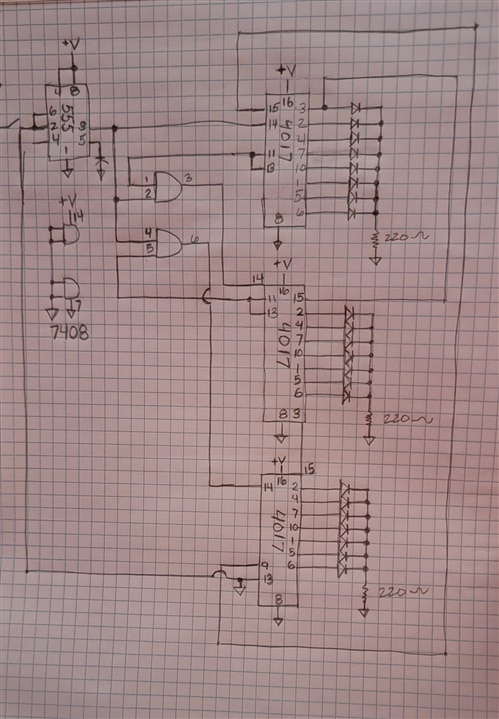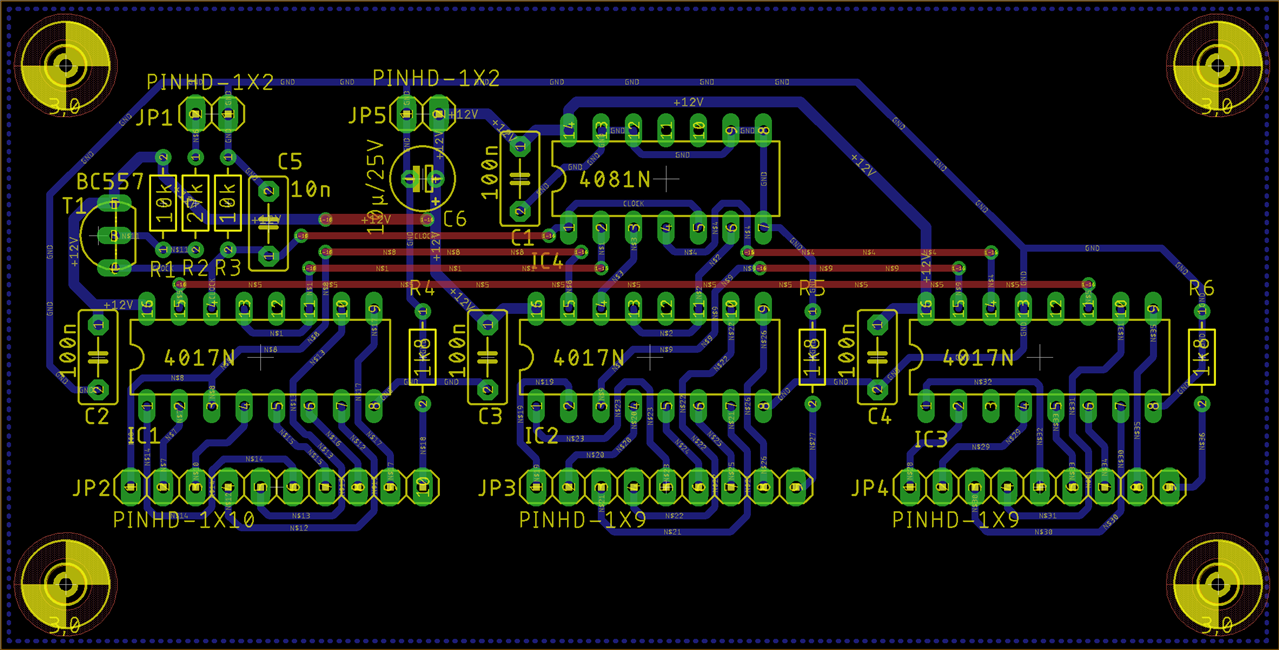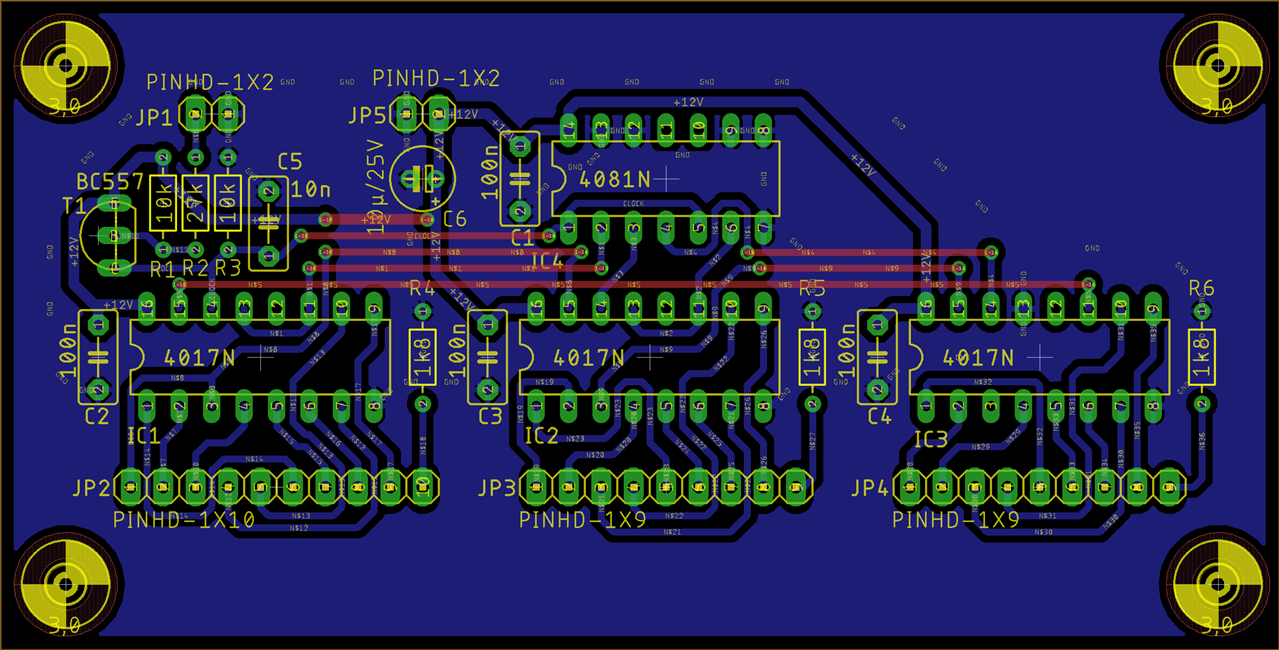Attempting to make a Cornhole score board with 21 lights that light up at each button push. At the end of the chain i want it to shut off the lights so there is none. I am very new to this and have only gotten to the research part. Any help i can get will be amazing. Thank you.




